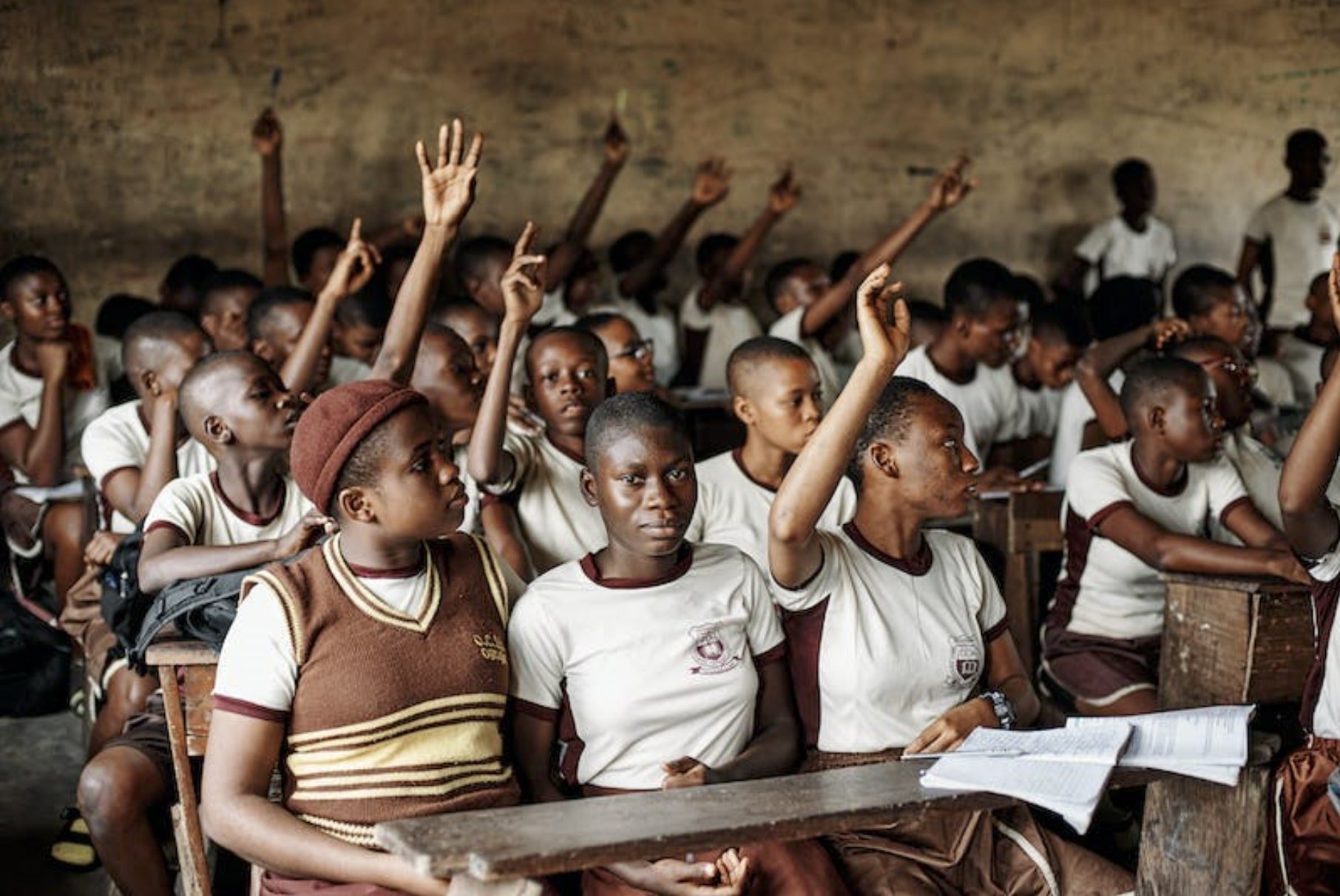Looking to Sierra Leone and Rwanda to Prioritize Education
Early and adequate access to education is a strong indicator of lifelong success. Beyond improving literacy rates and instilling a love for learning, going to school helps young people earn better salaries, stay out of prison, and navigate socioeconomic hardships.
But as overlapping international crises unfold — the war in Ukraine, major climate disasters, and soaring cost-of-living expenses — education programs are being hit hard by budget cuts. Even before the COVID-19 pandemic set students back by whole grade levels, a 2019 World Bank report found that 53 percent of 10-year-old children in low- and middle-income countries lacked basic reading proficiency.
In order to course correct, nations can look to Sierra Leone and Rwanda, two countries prioritizing education efforts across the board. Both these places have a recent history of devastating violence and struggle to raise their citizens out of poverty. They are also making unique strides to transform their students’ experiences. As young people face an increasingly uncertain future, the strategies deployed in Sierra Leone and Rwanda could help educators who hope to prepare them for real life.
How Sierra Leone Reinvested in Students
Shortly after Julius Maada Bio became president of Sierra Leone in 2018, he signed an executive order to introduce free education for students in primary and secondary public schools. To do so, more than 20 percent of Sierra Leone’s national budget goes to education. School enrollment has since increased by more than 30 percent, record numbers of students are graduating at all levels, and gender parity has been achieved.
Sierra Leone’s Minister of Basic and Senior Secondary Education, David Moinina Sengeh, calls public education “the closest thing we have to a universally applicable silver bullet to solve our planet’s most intractable challenges.”
With this attitude, the government has won political allies by using scorecards like the Human Capital Index (HCI) to measure its successes and discover areas where more improvement is necessary. Sierra Leone’s latest Education Sector Plan was built with this in mind, focused on increasing access to preschool education, training teachers in play-based methodology, and sending thousands of reading materials to schools across the country.
Changes are happening outside the classroom as well. The government has zeroed in on gender-based discrimination and violence. While in office, President Bio increased penalties for rape and sexual harassment. At the same time, a bill has been introduced to ensure at least 30 percent of Sierra Leone’s 146-seat parliament is held by women politicians.
How Rwanda Reimagined School Access
Rwanda has also provided its citizens with near-universal access to primary education, with 98 percent enrollment rates. Its education spending is on par with the United States — around 11 percent of the total national budget.
Like Sierra Leone, the country keeps track of its ambitious development objectives using the HCI and other tests. So far, the focus on early childhood education has created better teachers and boosted the number of classrooms constructed. Girls and children with disabilities also see greater access to education.
Science and technology skills are at the forefront of these new education initiatives. The use of digital content in primary and secondary schools has increased in recent years as internet access improves within the country. The presence of science and computer laboratories is still very low, but slowly rising as the government partners with technology companies to distribute cutting-edge devices and robotics to students eager to learn. During the most intense years of the pandemic, Rwanda offered free lessons to all through television, radio, phones, and online programs. The government hopes to equip all schools with smart classrooms by 2023.
Rwanda’s next challenge is to increase the number of students who enter and complete tertiary education. Currently, only 1 in 10 students reach the tertiary grade level. More often than not, Rwandan girls lose access to education after completing primary schooling. The main goal of Rwanda’s efforts to increase technology in classrooms, train more teachers, and lower education costs are to close these crucial gaps.
How Can Other Countries Get Started?
There is no one right way to improve education. What works for one country or region may not map perfectly onto another. But it’s clear from the results that Sierra Leone and Rwanda are onto a winning formula. These countries increased their education budgets, focused on achieving gender parity, and took the training of school staff and educators. Furthermore, they were willing to recognize other factors that affect a child’s ability to receive a quality education, including gender-based violence and poverty.
Students in primary school now will become adults in a world beset by climate change and worsening economic conditions. Making sure they have all the tools at their disposal to face these challenges is more critical than ever.

